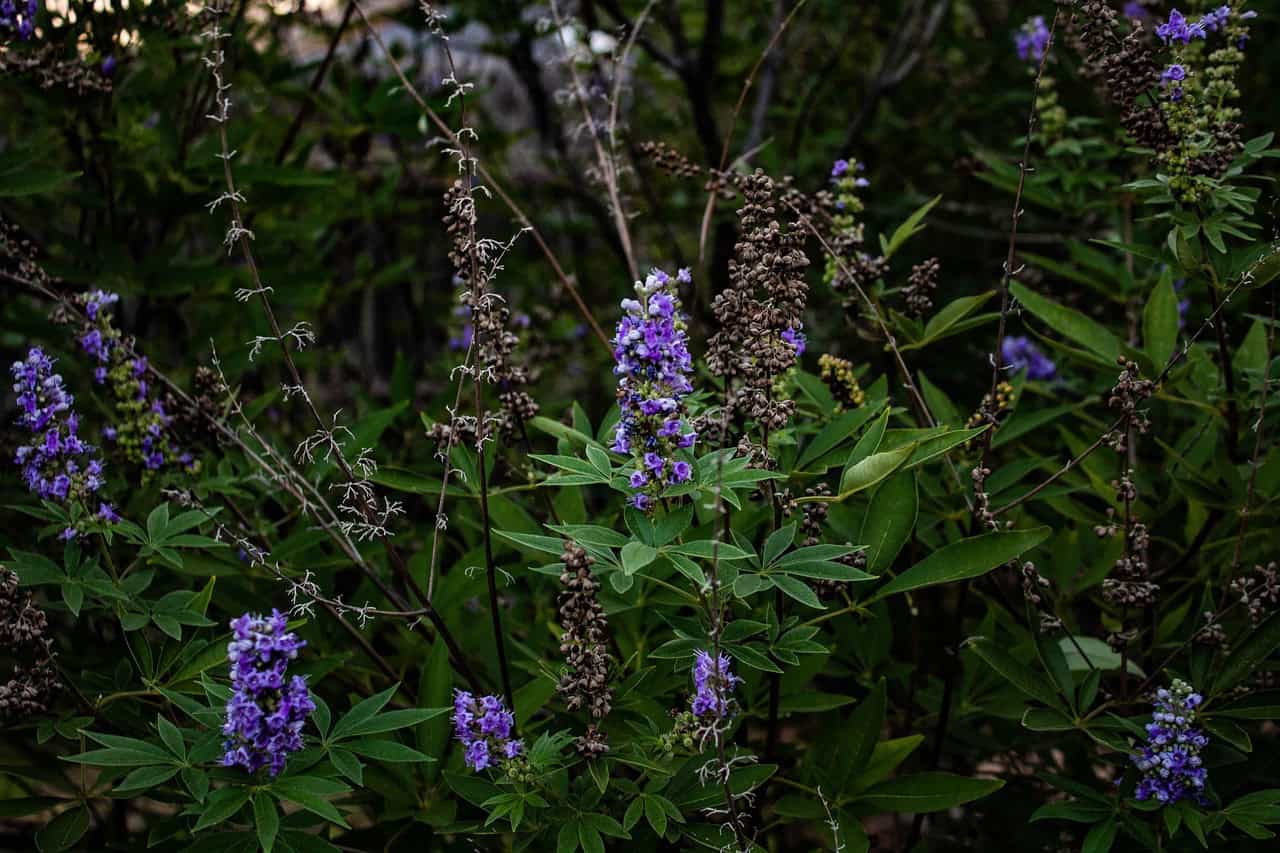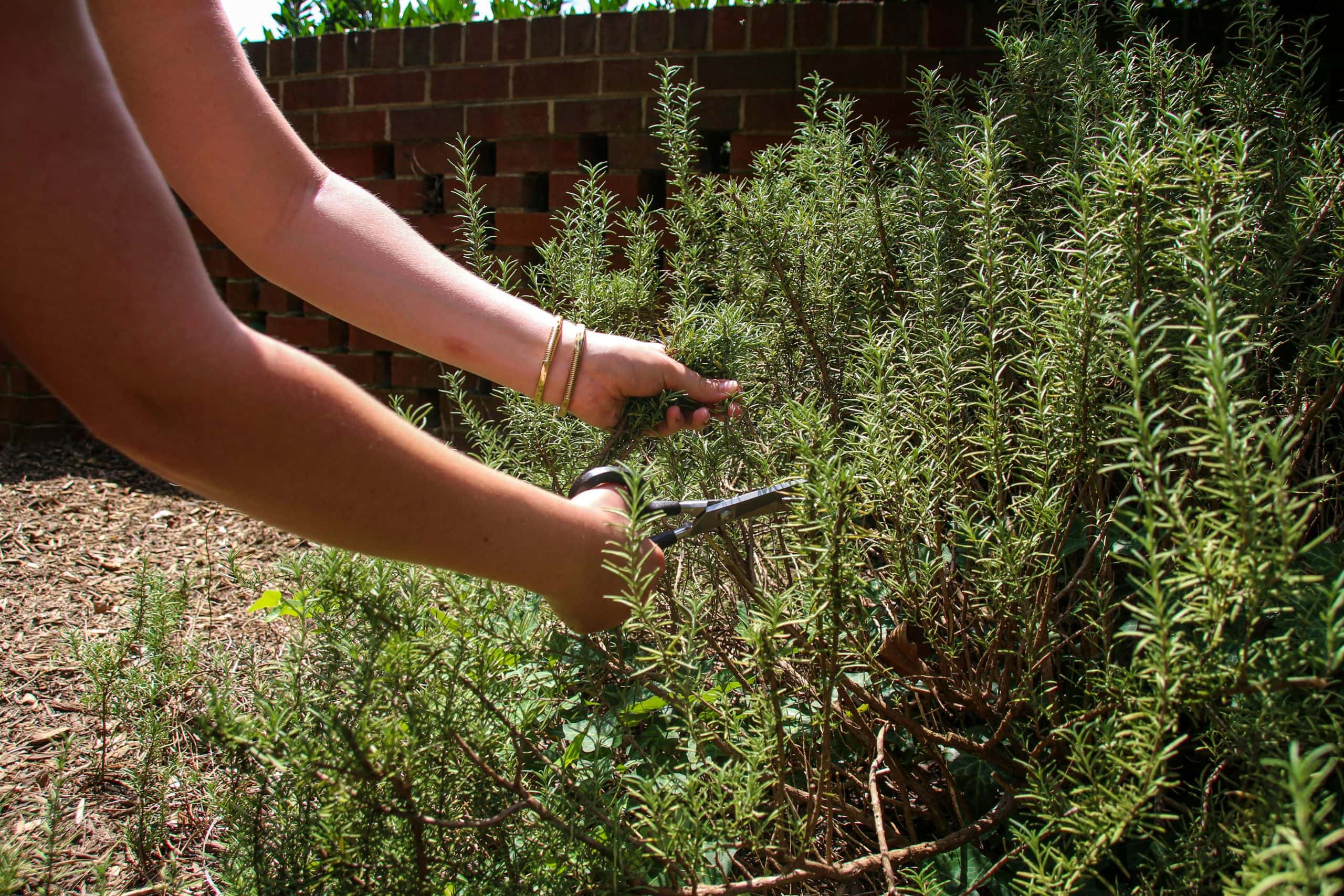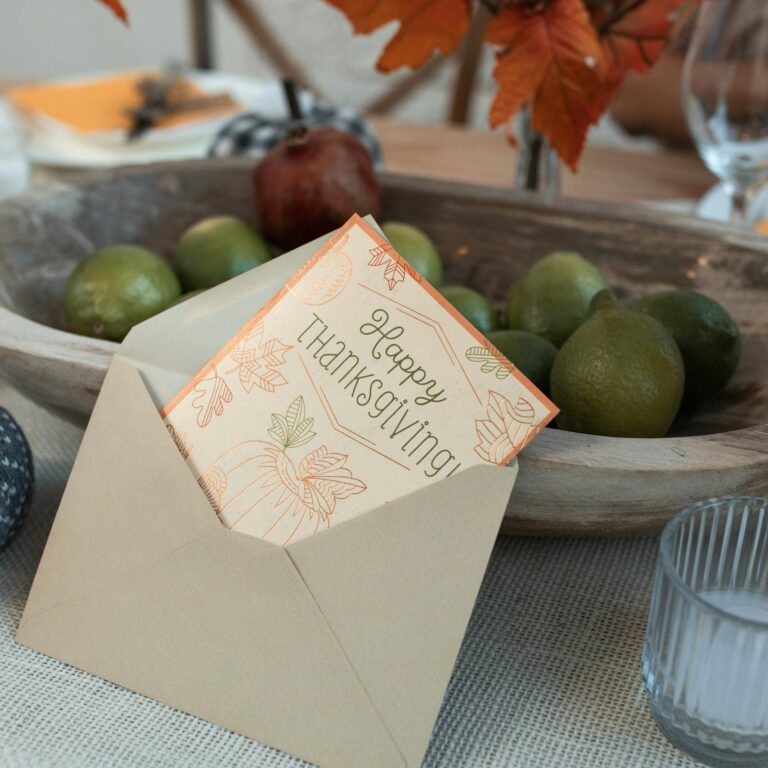Autumn Pruning | 10 Popular Plants That Benefit Most
As the growing season winds down, autumn pruning becomes a vital step in preparing the garden for winter and encouraging healthy spring growth. Across most U.S. zones, certain perennials and shrubs respond especially well to fall cutbacks. Removing spent foliage not only tidies up the landscape but also helps prevent overwintering pests like snails and slugs, reduces the risk of fungal disease, and sets the stage for vigorous new growth when temperatures rise again.
The following ten plants are among the most commonly grown in American gardens and landscapes. Each one benefits from strategic fall pruning or cleanup, making them ideal candidates for seasonal maintenance.
Daylilies (Hemerocallis)
Daylilies are a staple in gardens coast to coast. Autumn pruning after their final bloom, cutting back the foliage to a few inches above ground helps prevent rot and pest buildup. Fall is also a good time to divide overcrowded clumps to ensure robust flowering next season.
Iris (Bearded & Siberian)

Bearded and Siberian irises thrive in a wide range of climates. Removing yellowing leaves and spent flower stalks in fall reduces the risk of bacterial soft rot and keeps snails from nesting in decaying foliage.
Hydrangeas (Paniculata & Arborescens)
Panicle and smooth hydrangeas bloom on new wood and can be pruned after flowering. Autumn pruning helps shape the plant and remove weak stems. Avoid cutting back bigleaf and oakleaf varieties, which bloom on old wood.
Hostas
Hostas are vulnerable to slug damage and fungal issues if left uncut. Once frost hits and leaves collapse, trimming them to ground level clears out hiding spots for pests and promotes a clean slate for spring.
Crepe Myrtles (Lagerstroemia)
Crepe myrtles are best pruned in late winter, but light shaping in fall is acceptable to remove twiggy growth and spent blooms. Avoid heavy cuts that may trigger tender regrowth vulnerable to frost.
Shasta Daisies (Leucanthemum)
After blooming, Shasta daisies benefit from a fall cutback to basal foliage. This reduces the chance of mildew and keeps the garden tidy. Dividing clumps in fall can also rejuvenate older plants.
Black-eyed Susans (Rudbeckia)

These cheerful perennials often self-seed. Autumn pruning of spent stems in fall helps control spread and removes decaying foliage that can harbor disease. Leaving a few seed heads can provide winter interest and food for birds.
Lavender (Lavandula spp.)
Lavender should be sheared lightly after its final bloom. Avoid cutting into woody stems, which do not regenerate well. Autumn pruning helps maintain shape and prevents snow damage in colder zones.
Salvia (e.g., Autumn Sage)
Salvia varieties benefit from trimming faded stems and shaping lightly in fall. This prevents mildew and keeps the plant compact. Avoid deep cuts that may stimulate tender growth before frost.
Vitex (Chaste Tree)

Vitex responds well to light fall pruning. Removing spent blooms and twiggy growth encourages a second flush and helps shape the plant for spring. Major structural pruning should wait until late winter.
Final Thoughts
Autumn pruning is more than a cosmetic task—it’s a strategic move to protect plants from winter stress and set the stage for vibrant spring performance. By focusing on these ten widely grown species, gardeners across the U.S. can reduce disease risk, discourage overwintering pests, and promote healthy regrowth. Whether shaping shrubs or clearing perennial beds, fall is the season to prune with purpose.







